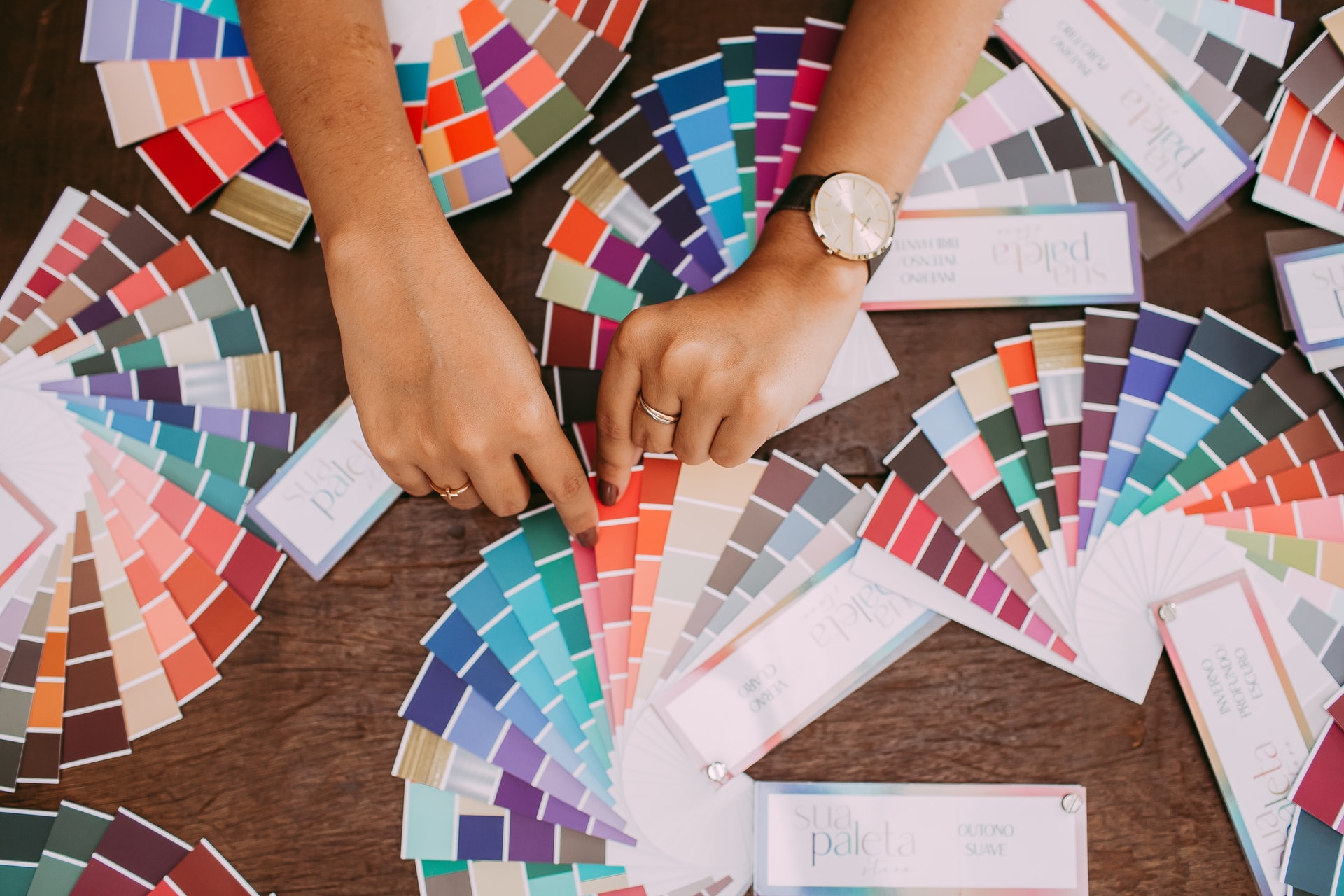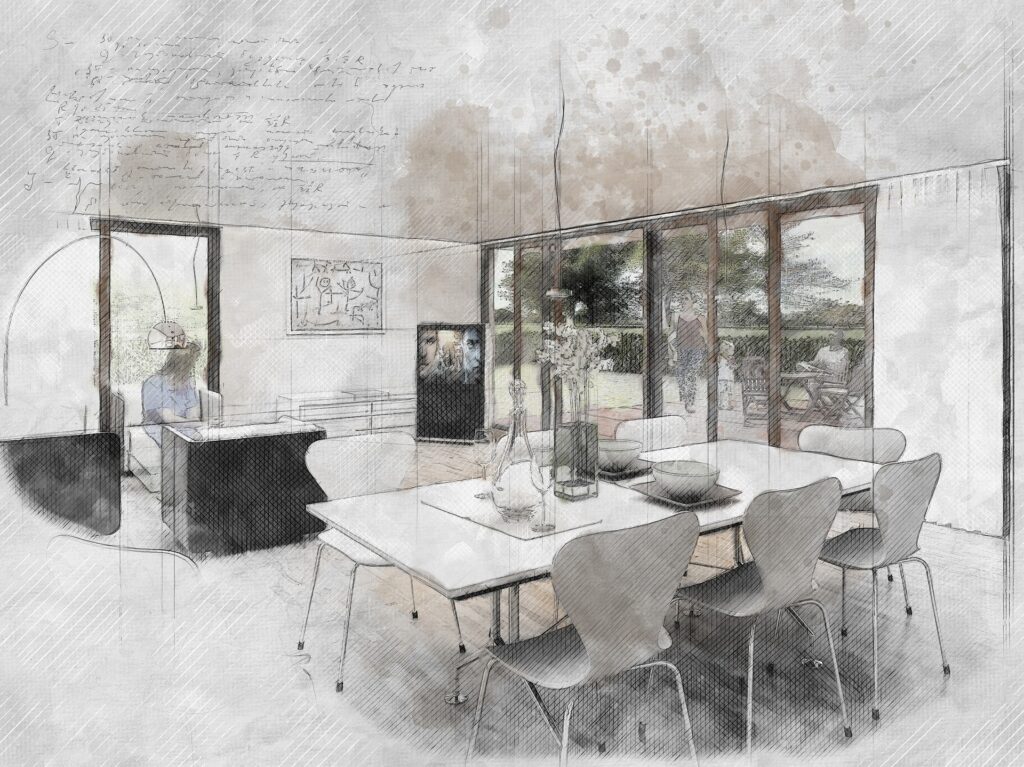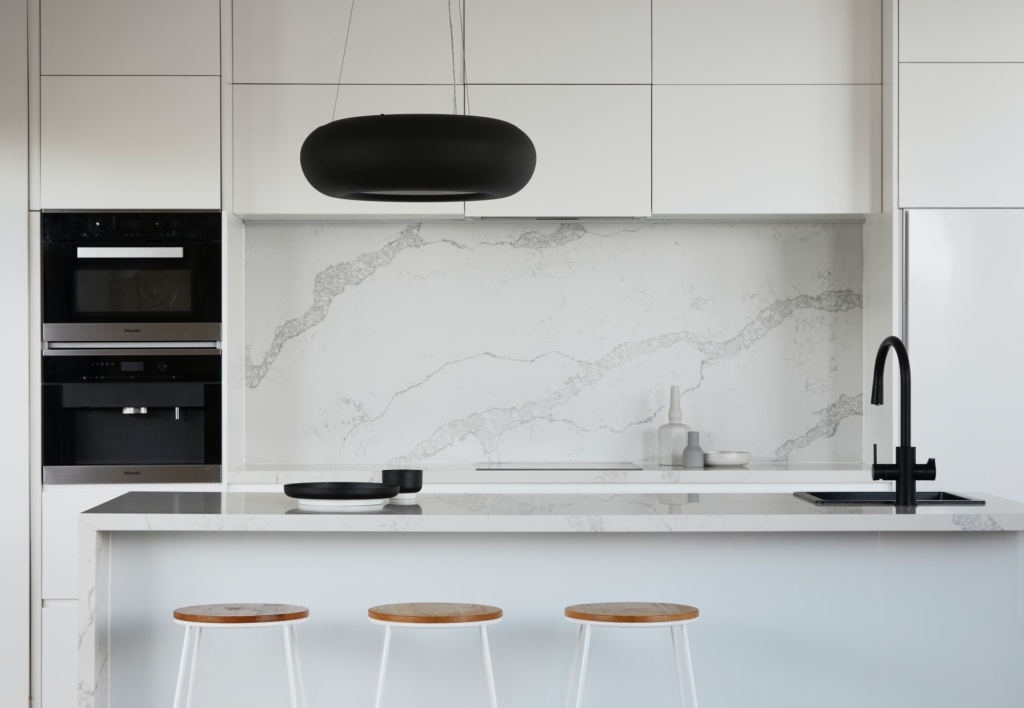Have you ever walked into a paint store and immediately felt overwhelmed with the thousands of color options that are available to you? This is when an interior designer can be your best ally. We’re here to demystify your color selections and turn you into a color expert…well, at least knowledgeable enough to choose the perfect color for your bedroom.
What is Color Psychology?
Color psychology is the study of the emotional and behavioral effects that color has on humans. It’s a study that many businesses are utilizing, and you can too. For example, fast-food restaurants want to know what color will make you crave that double cheeseburger instead your usual single. Music artists want to know what colors will catch your eye on their album cover, and online businesses want to know what colors pop on their website making you stay longer and buy more. Although it’s impossible to predict how most people will be affected by a particular color, your reaction also depends on your individual experience. Maybe the dog that bit you as a kid had a yellow collar, or the bike you fell off of and broke your arm was blue. Color naturally affects us in many ways, and today we’ll be walking you through how to use this knowledge to select the perfect color for all the rooms in your house.
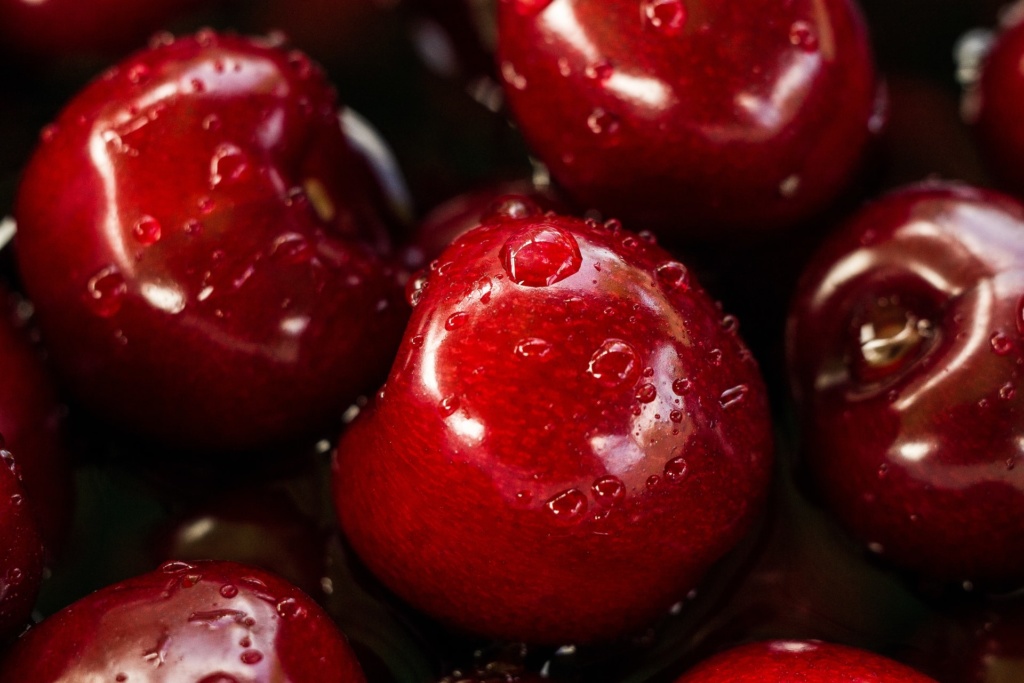 Red – The Color of Passion
Red – The Color of Passion
Red is a color known to increase blood pressure and heighten your metabolism. Think of some big fast-food restaurants: Wendy’s, Chick-fil-A, Papa Johns, Pizza Hut. They all have red as their primary color. So with your heart pumping and your metabolism going, you’ll order that Baconator instead of the salad for sure!
Like all colors, reds come in various shades, and these shades can provoke different feelings and have varying effects. Light red brings joy, passion, love. Dark red can heighten feelings of anger, but, conversely, can also elicit a sense of willpower, leadership, courage, and longing. Red is not a dull color and therefore is considered a great accent color. In the kitchen, red is an excellent color because of the effects it has on metabolism. The hungrier you are, the better the food tastes! Avoid red in rooms like the bedroom or bathroom, however. These areas are meant for relaxation and calm down after a long day. Red will make it harder to sleep, so you may want to avoid using it in your bedrooms.
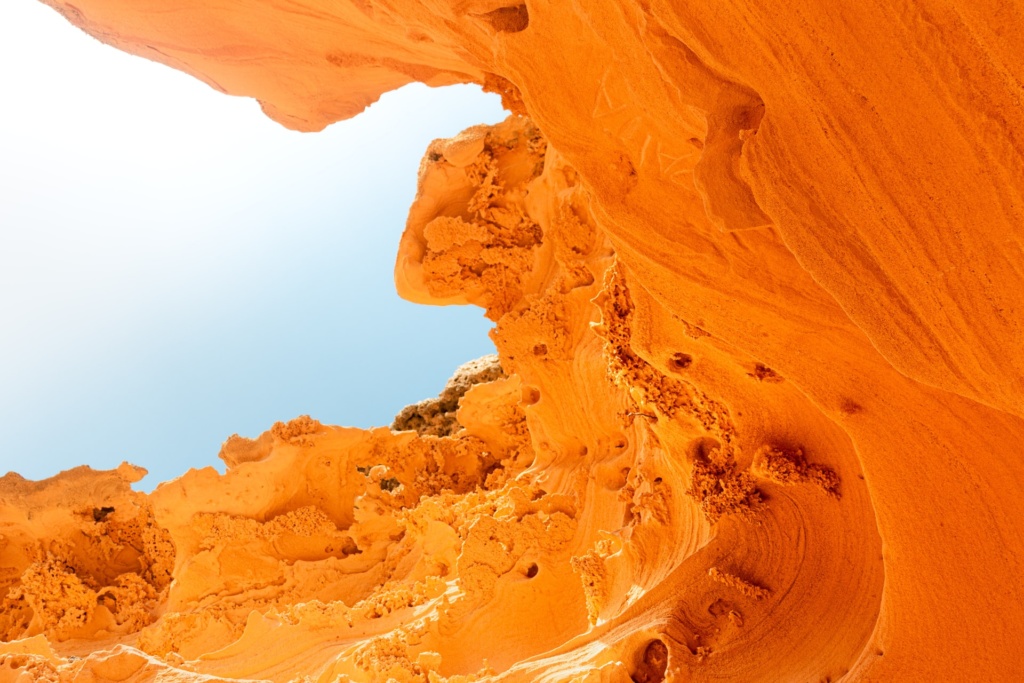 Orange – Love it or Hate it
Orange – Love it or Hate it
Orange is a very bold color, and many people either love it or hate it. Combining the energy of red and the happiness of yellow, orange is an excellent color for rooms like the kitchen or workout spaces. It promotes enthusiasm, fascination, joy, creativity, and determination. These are the reasons companies like Home Depot, Fanta, Master Cars, Reese’s, and Dunkin Donuts have incorporated orange into their logos. These companies want to encourage energy and enthusiasm. Dunkin Donuts sells energy in a cup. Home Depot wants to support you and your determination to make your DIY home improvements.
Darker shades of orange can represent deceit or mistrust and should probably be avoided for interior decorating. Gold is the color of prestige and could be an excellent accent for things like bathrooms. Incorporate gold finishes into your faucet and hardware for a glamorous or luxury experience in your bathroom. Keep in mind, though a great accent color, orange be overpowering if used excessively.
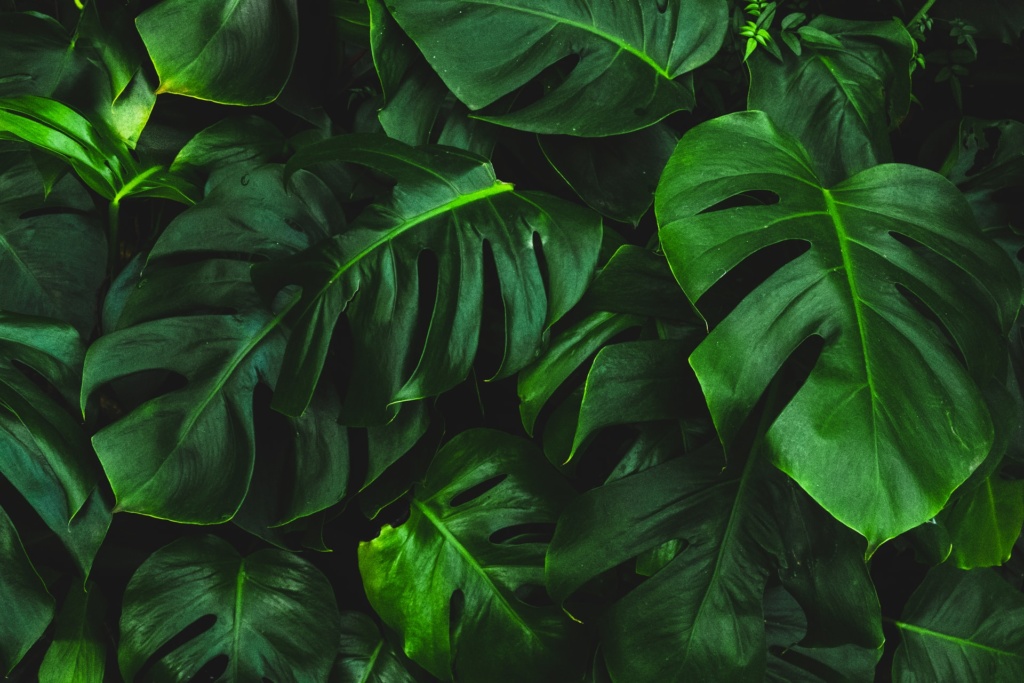 Green – Namaste
Green – Namaste
Green is the most diverse color regarding the effects of its various shades. While most colors and their various shades stay within the same family of feelings and emotions, green can range from calm and harmony to greed and jealousy. Bright greens, or spring green, are associated with growth, balance, freshness, and have a strong positive emotional response.
It also has been known to slow human metabolism, and as a result, it produces a calming effect. Dark green is associated with ambition, greed, and jealousy. Aqua green has healing powers and gives a feeling of protection. Yellow-green, on the other hand, is associated with cowardice and discord. Olive green is the color of peace.
Think about a few of the companies that use green in their logos. Starbucks uses a dark olive/forest green, Whole Foods uses olive green, John Deer and BP use a bright spring green, and Land Rover uses an olive green. These companies are trying to portray a feeling or an association with nature, peace, and harmony.
Unlike any other color, green will look great in any room of the home. In bathrooms, it can create a zen-like experience and in bedrooms, it can help you unwind and relax before sleep. In a kitchen, it can create a feeling of freshness.
 Blue – America’s Favorite Color
Blue – America’s Favorite Color
Evidence has suggested that installing blue-colored streetlights can lead to reduced crime. So now I’m wondering why street lights aren’t blue, aren’t you? Associated with feelings of trust, faith, intelligence, loyalty and calmness, blue is the most popular color in the United States. There isn’t a shade of blue that will evoke even the slightest bit of ill will or negativity. It has been shown to reduces metabolism, and slow down our heart rate. Light blue can create a feeling of tranquility, healing, and softness. Dark blue is associated with knowledge, integrity, power, and seriousness. Deep blue can evoke a sense of luxury. Much like green, blue is an excellent color for almost any room in the home.
When blue is used in a bathroom, it creates a serene, calm environment. In a bedroom, it can promote rest, relaxation, and a good night’s sleep. The kitchen is the cornerstone of a home and family gathering. Creating a kitchen with blue walls or blue accents can make a moe welcoming space to sit and relax.
Many companies take advantage of the advantages of blue, like Samsung, Ford, and Allstate. All these companies want you to trust in their product and feel safe investing in them.
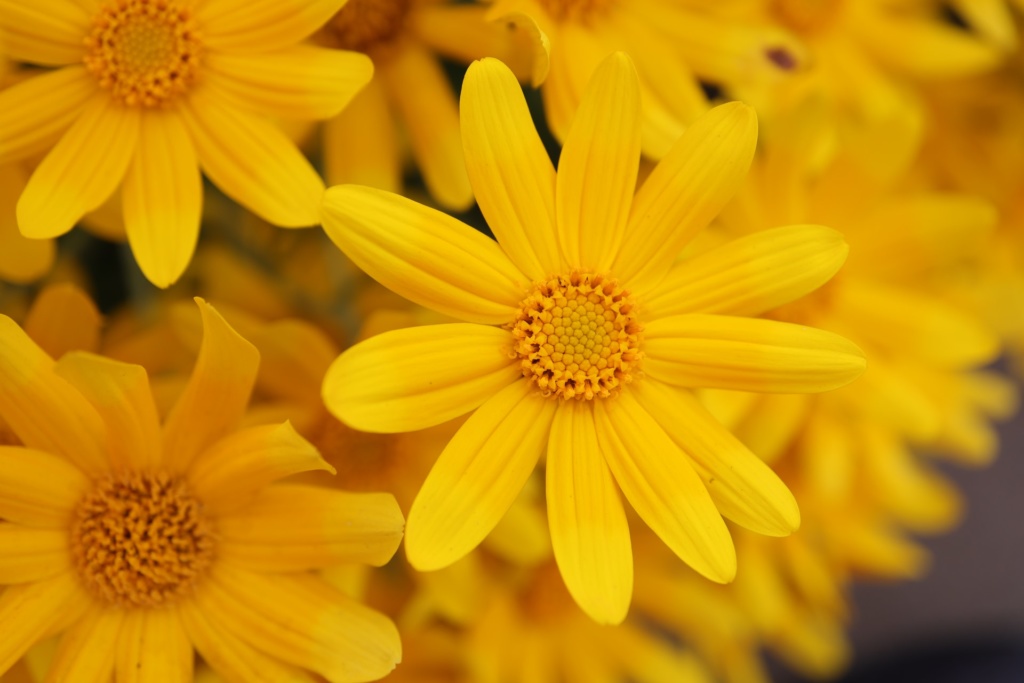 Yellow – The Sunshine Color
Yellow – The Sunshine Color
Happiness, energy, and an attention-getter! Like red and orange, yellow is a reliable and powerful color that stimulates mental activity, whether bad or good. But, much like green, the wrong shade of yellow can be disastrous. For example, babies cry more in yellow rooms, and too much bright yellow can be disturbing. Dingy yellow can conjure up feelings of sickness and decay.
Ironically, people are also more likely to lose their temper in an all-yellow room, so it should be used sparingly. On a more possative note, light yellow is associated with lightness, joy, and intellect and makes a great exterior color.
The company Life is Good uses yellow in its logo. They use a shade that kindles emotions like happiness and well-being that express the very positive outlook of their brand.
Too much yellow or the wrong shade of yellow can elicit negative vibes, but using the right shade or as an accent or exterior color, yellow can be an excellent option!
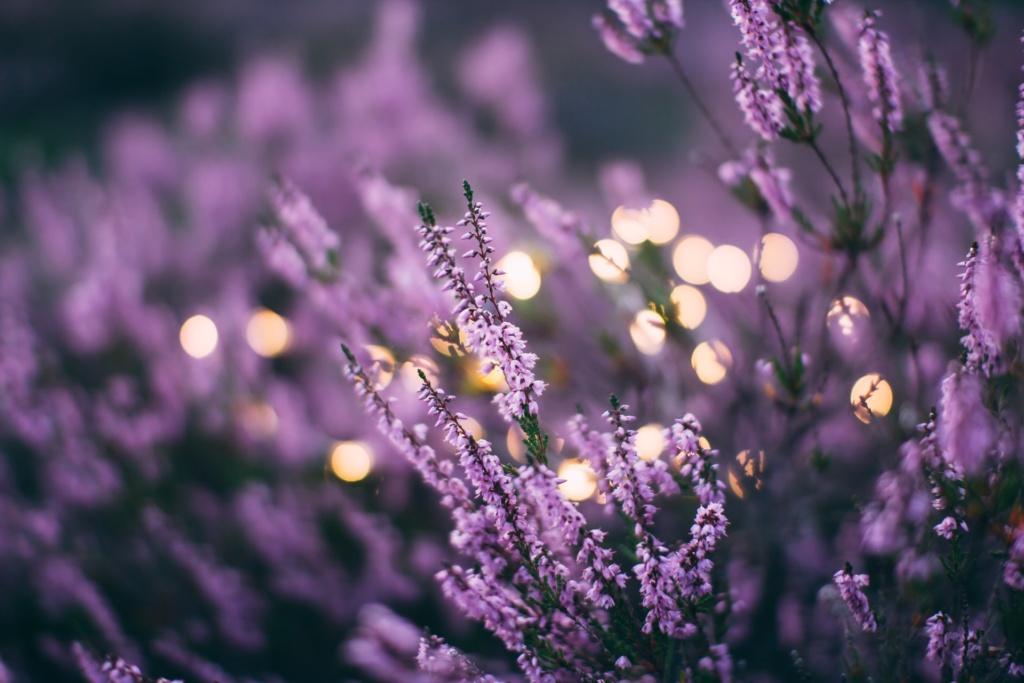 Purple – The Color of Kings
Purple – The Color of Kings
Purple combines the stability of blue and the energy of red. It brings forth thoughts of royalty, power, luxury, and wealth, and 75 percent of preadolescent children choose purple over any other color. This makes it a popular color for children’s rooms, and the correct shade could help make a peaceful oasis for your kids. Adding purple can also lend drama to a room, and combined with gray and pastel colors, it can give a hip, sophisticated vibe. Lighter shades of purple, like lavender, can create a soothing effect in a space.
Dark purple can make a beautiful accent color in a living room or bedroom. Lighter shades also work well in a bathroom to create a spa-like feeling.
The Hallmark franchise uses a dark rich purple in combination with their gold crown logo to give their brand a sense of importance and elegance.
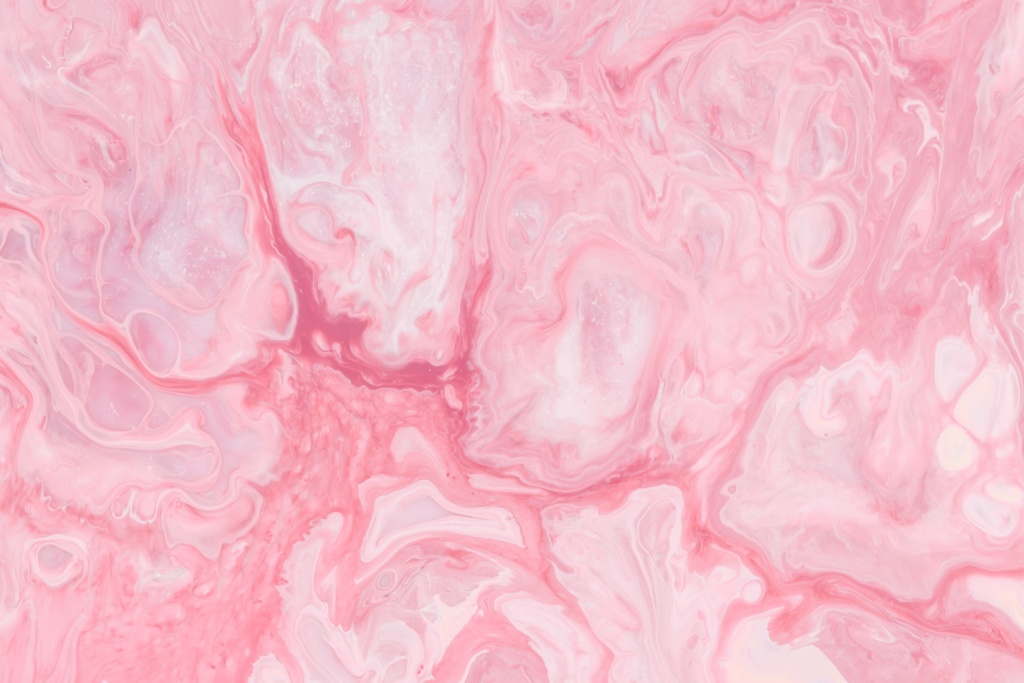 Pink – Innocent
Pink – Innocent
When you think of pink, the first thing that comes to your mind might be Barbie or any little girl’s toy aisle. That’s not just a coincidence and is driven by the fact that pink is considered feminine, innocent, and nurturing. A soft baby pink can sometimes give a room the feeling of comfort, but maybe too much as a whole room color. Pink can be a great accent wall color for a children’s bedroom or playroom and will always be a first choice of many little girls.
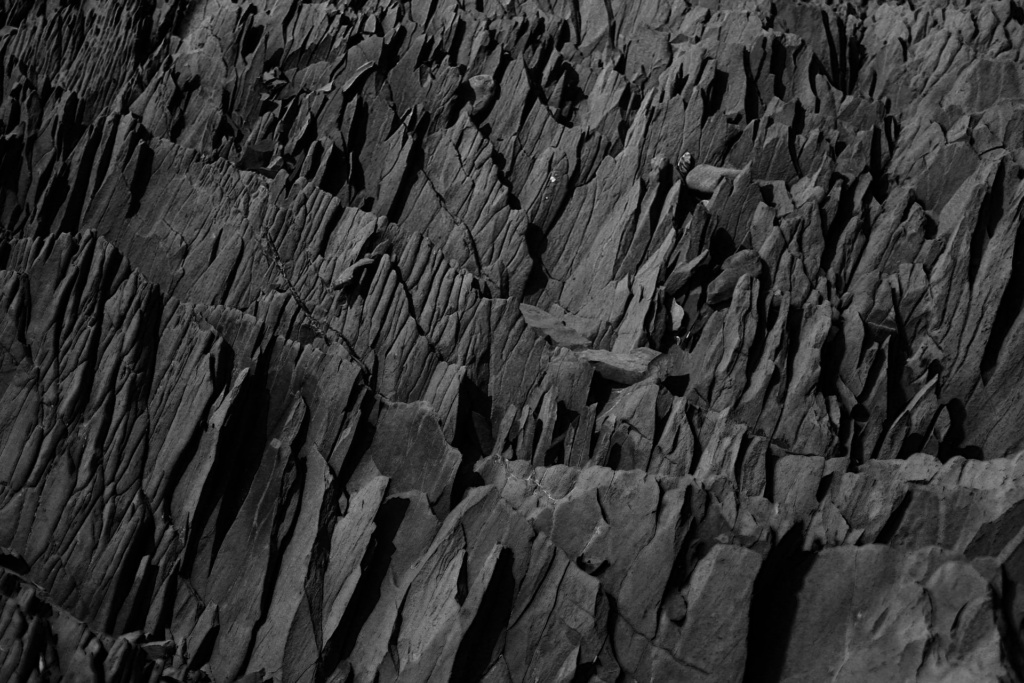 Black – The Power Move Color
Black – The Power Move Color
Often black is seen as a color of “power.” Look at luxury car commercials and see how many of the cars featured in the commercial are black. People see the color black as sexy, powerful, and mysterious. Black has been the symbol of grief throughout history, but when paired with gold it is considered more of an elegant look. Of course, we are not suggesting a whole room be painted black but think of companies like Chanel or Louis Vuitton. Accenting with black can be a power move and give a space an elegant or luxurious feel. Combining it with white in a bathroom can provide a classic, timeless look. In a home office, it can evoke confidence and power. It’s a bold color choice; just be cautious and discerning in how you use it.
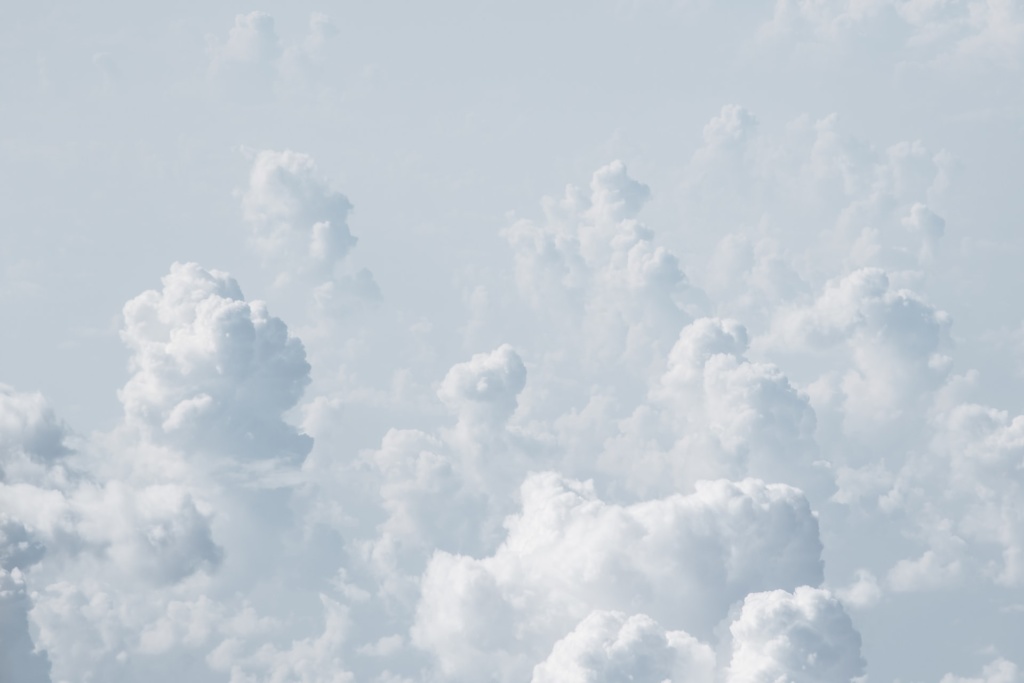 White – Cleanliness is Next to Godliness
White – Cleanliness is Next to Godliness
We can all agree that the cleanest color of them all is white. Nothing feels fresher than a white summer dress. White has been associated with cleanliness and purity for hundreds of years, which is why traditional wedding dresses and hospitals are white. The color is often used to evoke a sense of youth and modernity. Most modern or contemporary style homes will have lots of white with accent colors. Lightness, innocence, purity, the color of perfection, and cleanliness; these are all things that we feel when surrounded by white. It’s a great color for bathrooms and kitchens where cleanliness is the highest priority. Just be sure to use an accent color to bring life into it. But rememeber, to much white can be blinding and intimidating.
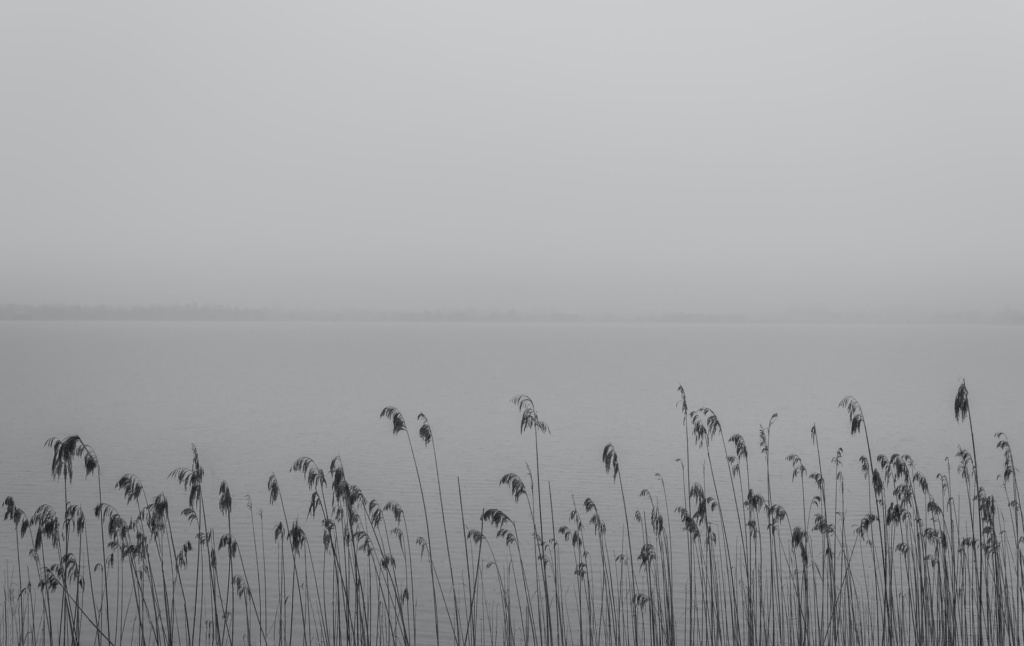 Gray – A Clean Slate
Gray – A Clean Slate
Classic and elegant, intelligent and disciplined. Gray is a psychological neutral and will play nicely with many accent colors. Using a warm gray can be inviting when combined with other warm colors. If you’re afraid of committing to a bold color like yellow, green, or blue, gray can be a great option to paint any space, giving you the ability to accent with other colors. Gray is like a clean slate you can spice up with furniture, fabrics, and lighting and will give you the flexibility to change things up down the road. You might like purple as an accent color this year, but you may fall in love with green next year. Keep your options open and use a neutral gray as your foundation.
Benefit from our experience!
From inspired designs to caring craftsmanship, our team of friendly professionals will guide you through the process that ensures you will achieve your goals while keeping your sanity.
We are proud of our team and the award-winning work they do. Give us a call or email us today and experience our unique process for yourself. We would love to talk with you.


